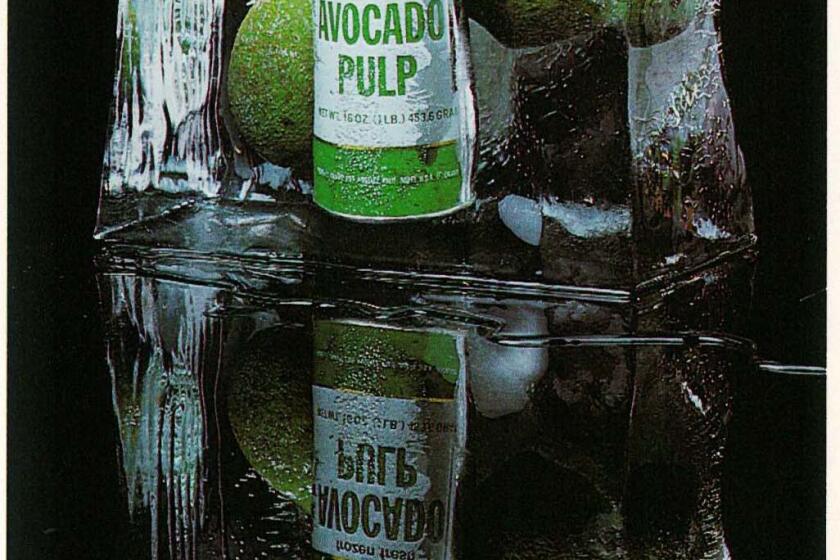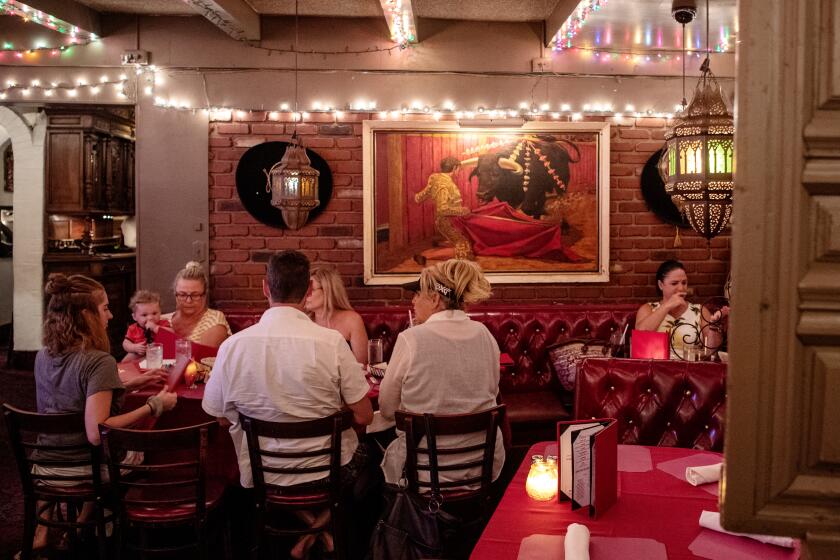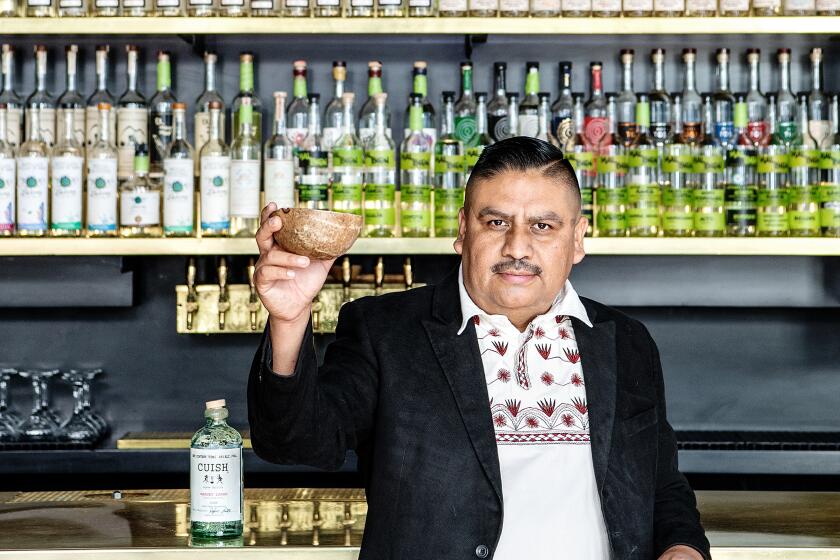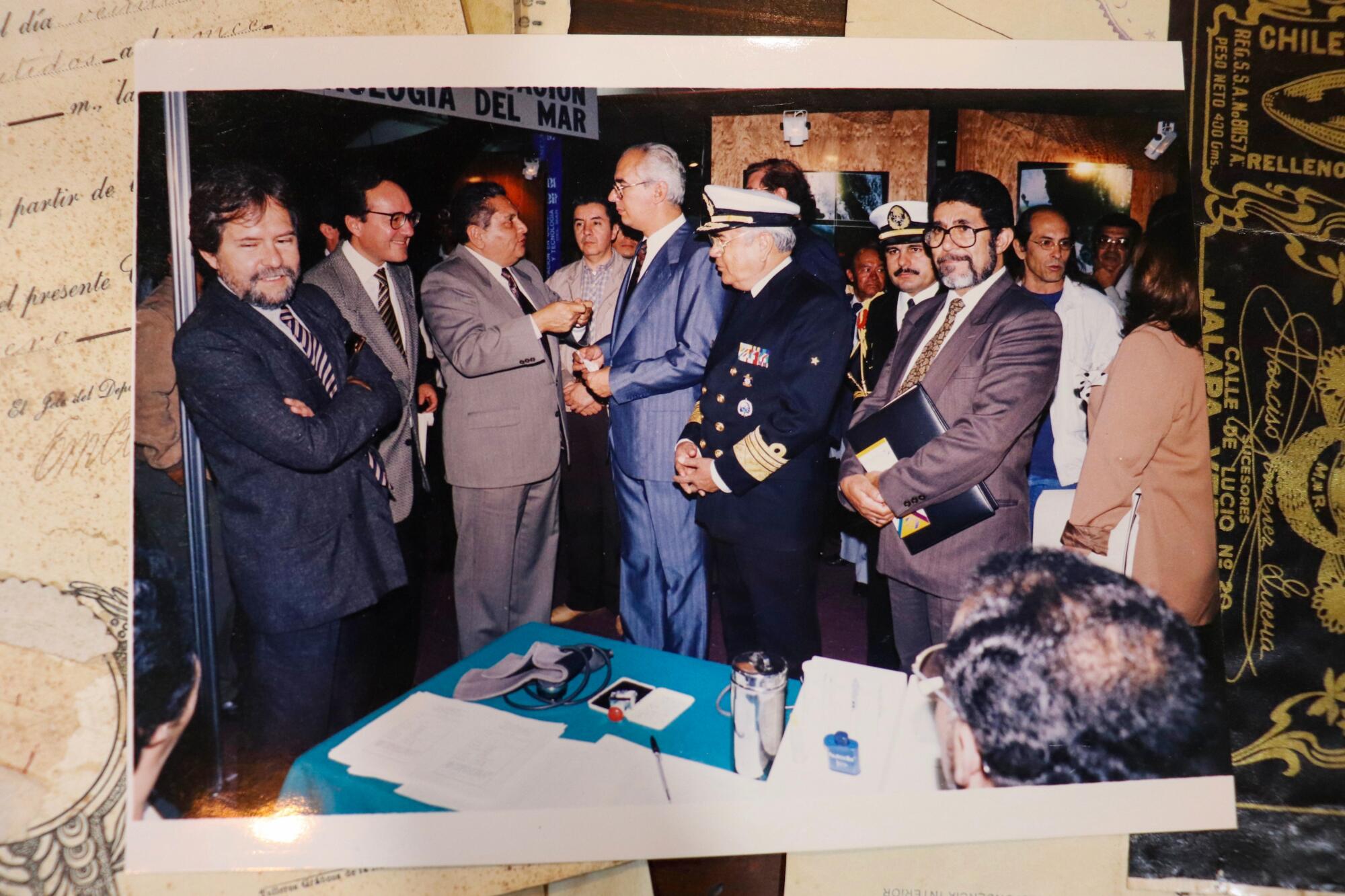
Adorning tables and taco stalls everywhere, the pickled jalapeño owes its power largely to its namesake city — Xalapa.
XALAPA, Mexico — My whole life, the smoky, vinegar-laced scent of pickled jalapeños — and their little-known origin story — has been lingering under my nose. I grew up with immigrant parents in California, and at any gathering chiles en escabeche were as commonplace as bottles of tequila and Squirt to make palomas.
But it wasn’t until this summer, when I revisited my family in Xalapa, in Veracruz state, that I realized that my parents’ hometown has played a major role in the history of the pickled jalapeño.
My curiosity was ignited when my mother casually mentioned that the jalapeño is from Xalapa. I didn’t know whether to believe her, since the power of passionate exaggeration is something many Mexican moms have mastered. Neither she nor any of my close family members had ever mentioned the connection before, so I was skeptical.
Saying the jalapeño is from your hometown is like claiming the Aztec pyramids were first discovered in your backyard.
Jalapeños are universal. Go to any sports game at a North American arena and you’ll find them on top of cheesy nachos. Walk into just about any taqueria around the world and sliced, pickled jalapeños are a likely complimentary side.
Are jalapeños really from Xalapa (formerly spelled Jalapa)? Saying the jalapeño is from your hometown is like claiming the Aztec pyramids were first discovered in your backyard. I had to pause. I had to dig.
It turns out that the plump green chile has indeed been marinating in this unlikely, mountain-ringed region of southeastern Mexico for generations. Jalapeño, or Xalapeño, literally means “from Xalapa,” where the chile was largely cultivated because of the area’s fertile land. Its history here is steeped in vinegar and spices.
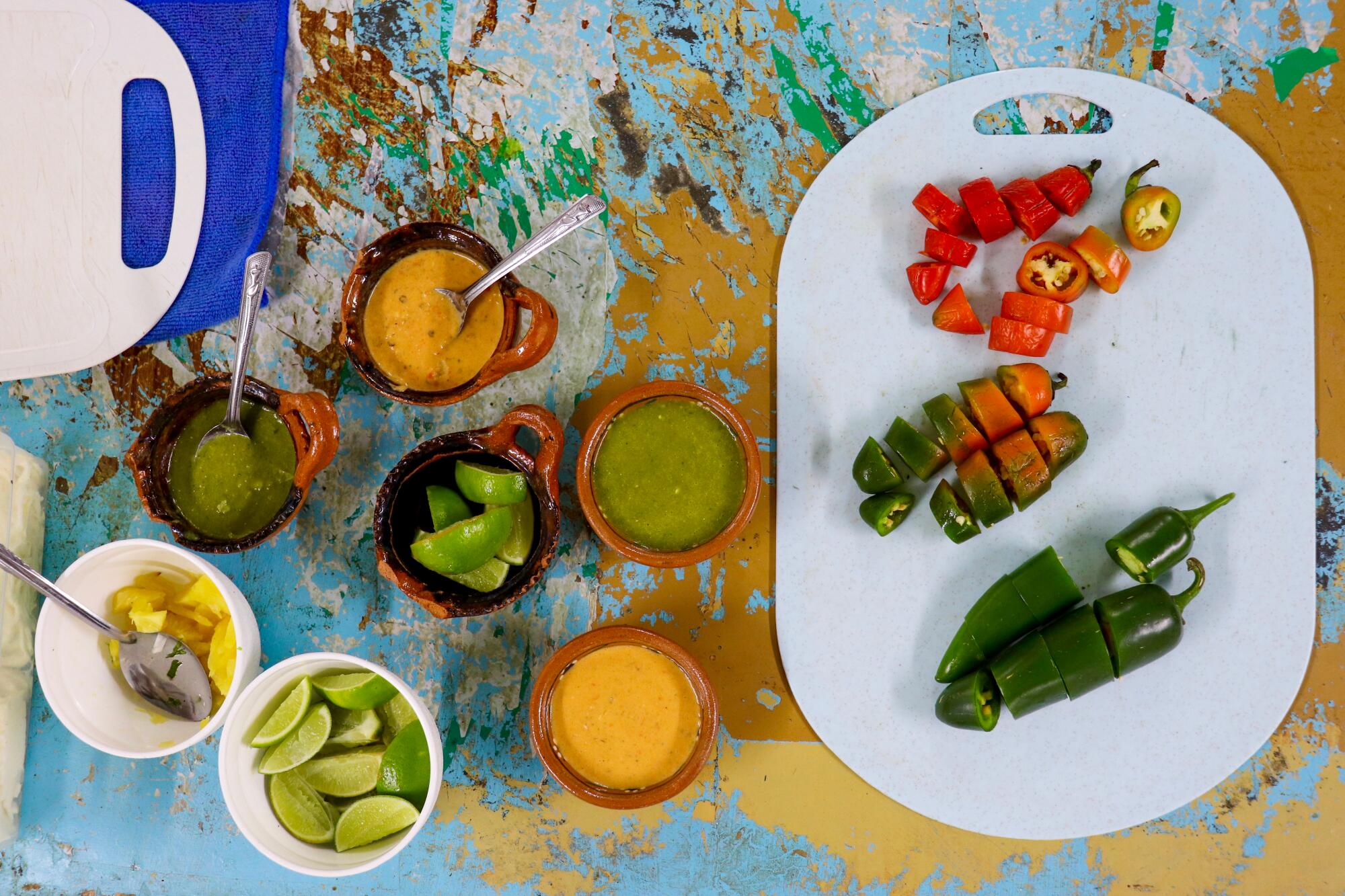
A majestic place
The capital of the state of Veracruz, Xalapa (with a relatively small population of 488,000) is most known for its bohemian culture and verdant outdoors. As a compact, colonial city hidden near the base of a volcanic peak, it’s easily overshadowed by the sprawling metropolis of nearby Veracruz, one of the largest and most important ports on the Gulf of Mexico. The city of Veracruz is home to the more famous son jarocho musical style (as in “La Bamba”) and such culinary traditions as pescado en escabeche and ceviche.
But Xalapa is a majestic place in its own right, with an abundance of agricultural exports, notably coffee now. And despite being overlooked sometimes by outsiders, Xalapa has made an outsize contribution to Mexico’s culinary reputation: the canned jalapeño.
Even modern Xalapeños seem to have forgotten — and some have never even known — about the pickled jalapeño factory that once thrived at the center of town.
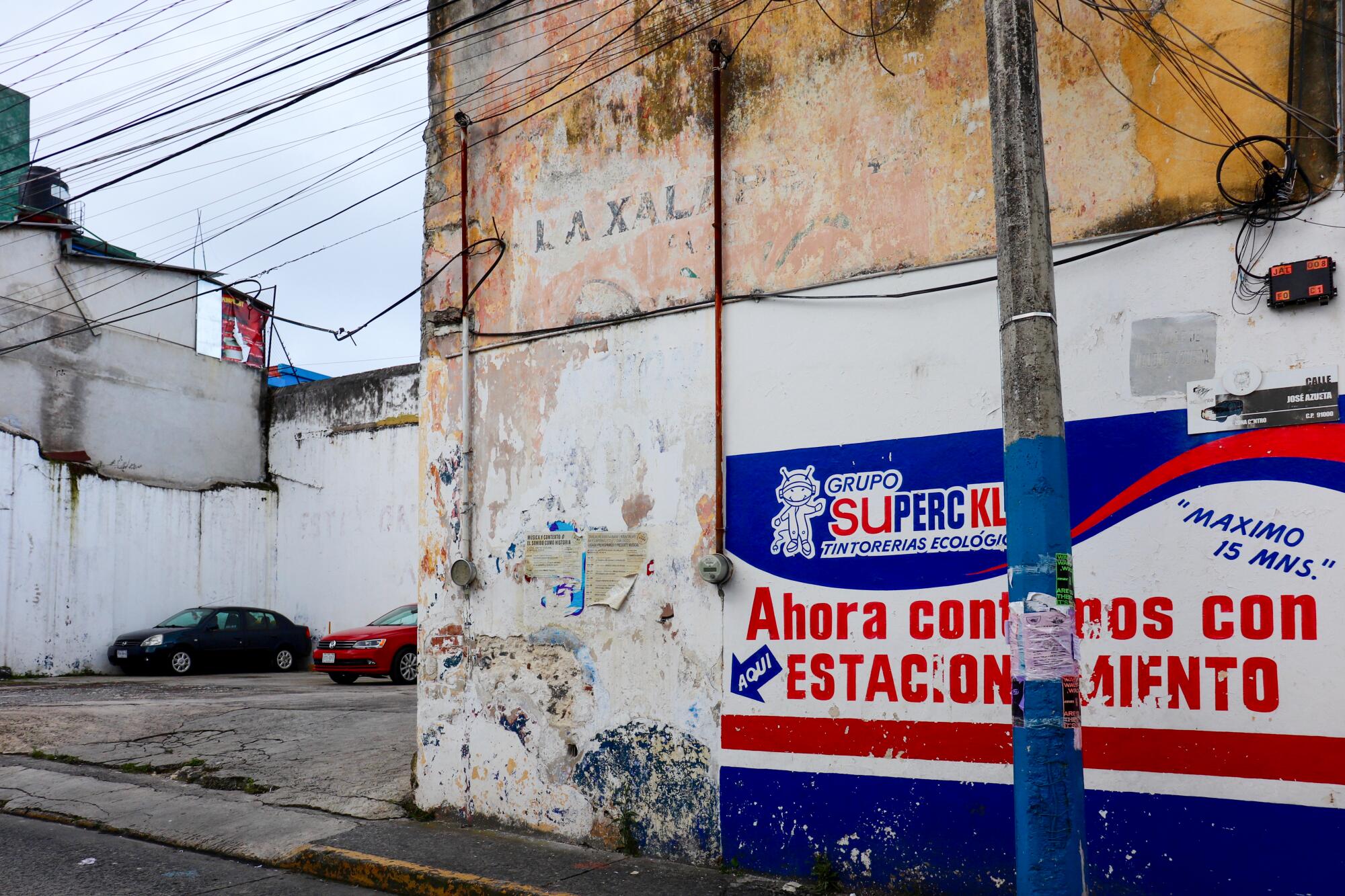
I wouldn’t have known either, but on my hunt for jalapeño knowledge, I asked my uncles, and via a network of WhatsApp group chats and Facebook direct messages, I learned about the rise of jalapeño pickling in Xalapa.
A pivotal colonial outpost as of 1791, Xalapa attracted many Spanish merchants, military officers and their families to its cool, mountainous climate, offering a respite from the coastal heat of nearby Veracruz. By the 19th century, canning was a common practice, regularly implemented to extend the shelf life of perishable goods, especially when crossing long distances of water.
The 10,000-year history of our favorite Super Bowl dip
In the early 1900s, Narciso Jimenez Guerra changed the jalapeño pickling game. In 1910, Jimenez Guerra, a descendant of Spanish colonists from Veracruz, began experimenting with ways to use native jalapeños. At the time, the pepper was known as “chile cuaresmeño.” Salmuera (or “salty water”), oil and vinegar often were used to preserve a variety of vegetables. Jimenez Guerra decided to can the green pepper — along with various spices, bay leaves, onions and carrots — to make jalapeños en escabeche . Traditionally, the local chile had been dried and smoked, rather than pickled and canned.
Jimenez Guerra’s specialty would eventually become one of the world’s spiciest addictions. In 1921, he trademarked his pickled jalapeños brand under the name of La Jalapeña and began to pack his chiles for public consumption.
In those days, you had to live in or visit Xalapa to encounter Jimenez Guerra’s style of chiles en escabeche. Soon, locals began to rave about his condiment. Jimenez Guerra’s company quickly expanded and opened a canning factory in 1928, becoming one of the city’s most prominent enterprises.
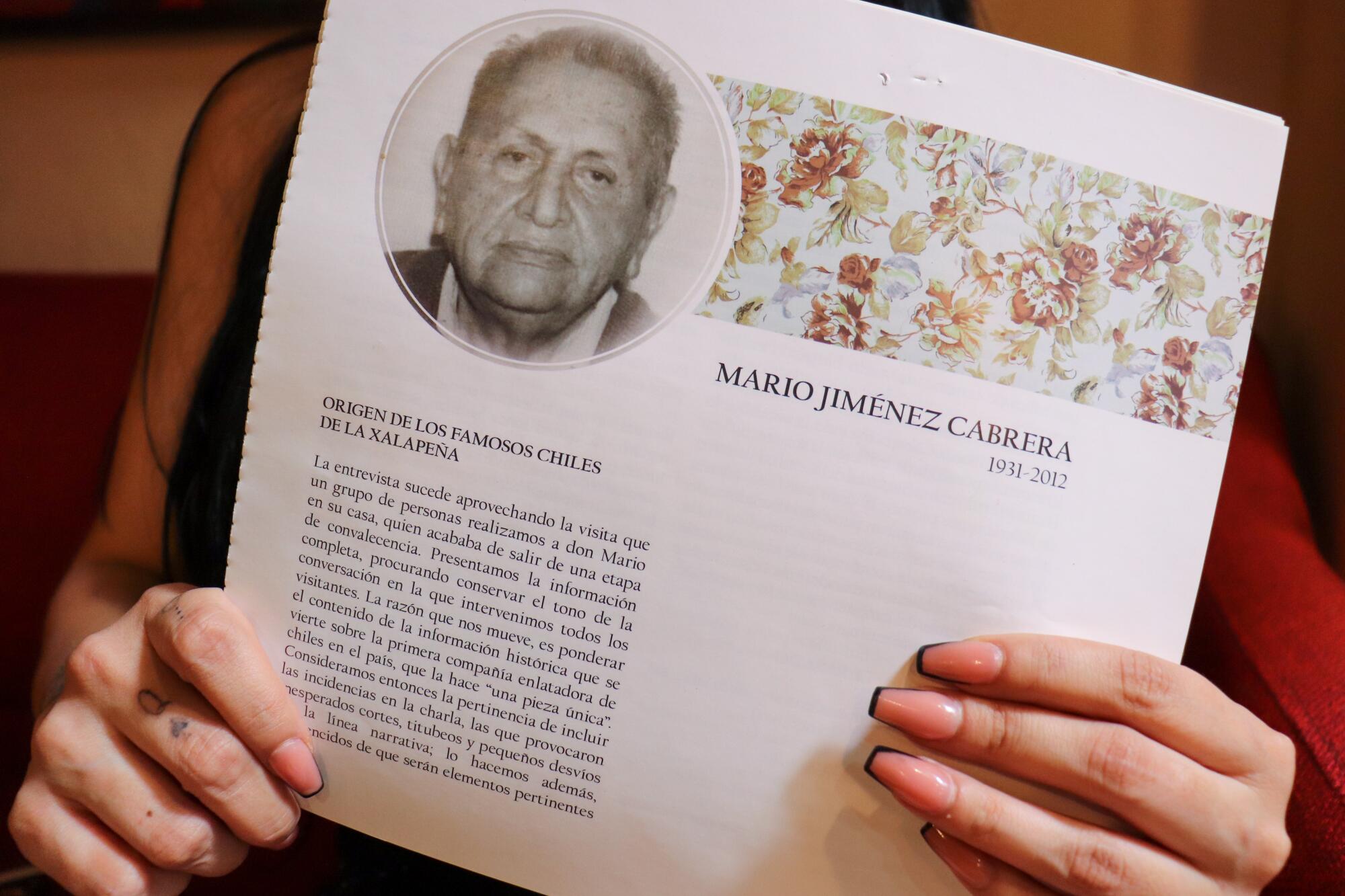
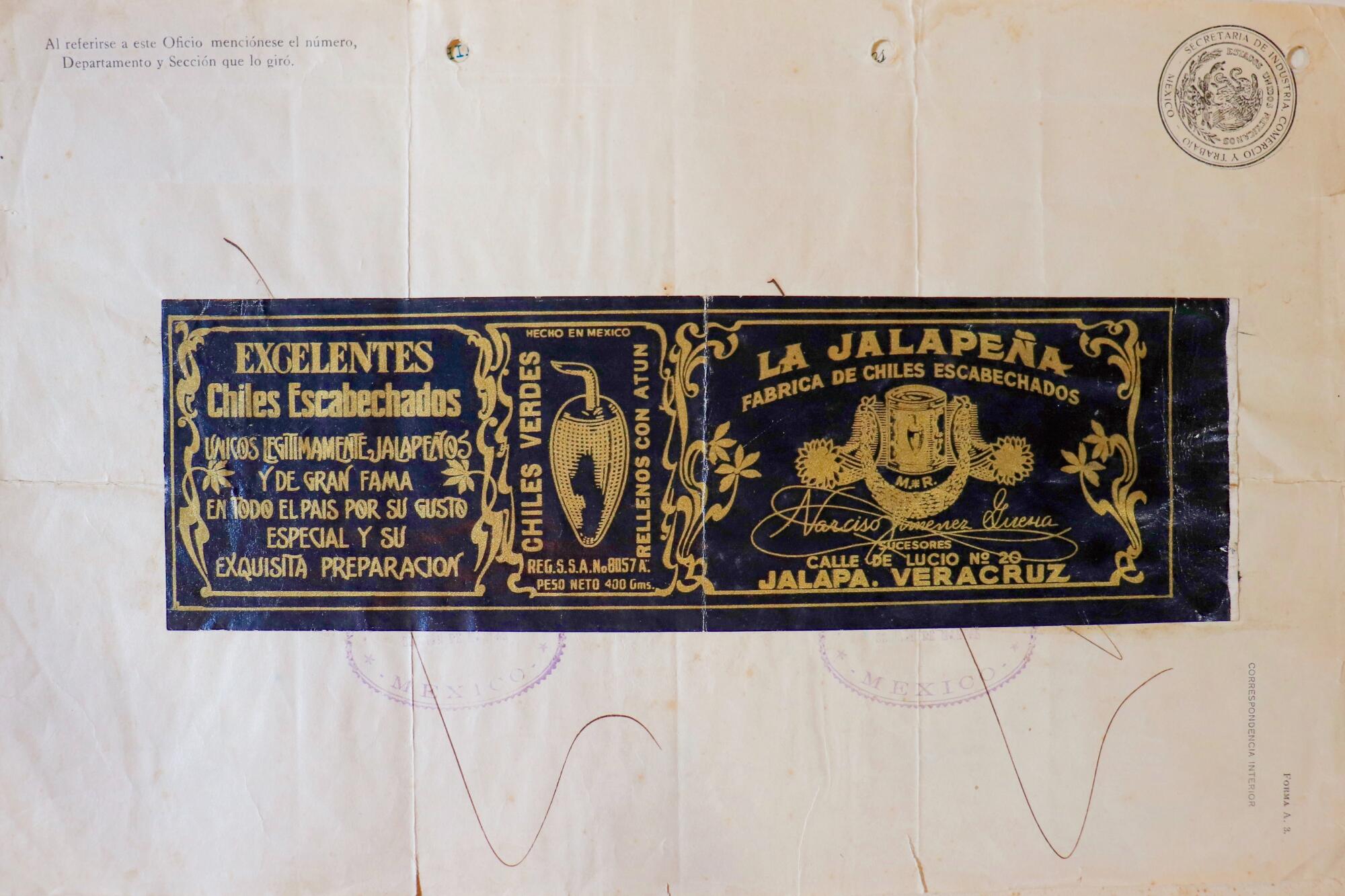
“That factory was truly emblematic of Xalapa in those times,” says Jimenez Guerra’s granddaughter, Nelly Jimenez Barradas, 60, whose father, Mario Jimenez Cabrera, inherited the business in 1944. “At one point, buying a gift box from La Jalapeña was a sign of your visit to our city,” she says.
Eventually, companies in more industrialized areas of Mexico — most notably La Costeña in Mexico City — outpaced La Jalapeña’s production. By the 1950s, more brands were providing canned and jarred jalapeños across the country. La Jalapeña’s smaller, family-run operation in Xalapa’s tight-quartered center couldn’t keep up with the changes of post-World War II capitalism. But even as the canned pepper increased in popularity elsewhere, La Jalapeña stayed focused on its small-batch production at its original location.
“After the 1940s, my family stopped using the heavy-duty process, and the brand became more personalized,” Jimenez Barradas says. “You would bring jalapeños as a gift to give your family, each batch carefully made.”
We shared our favorite Cal-Mex restaurants in L.A. and so did you. Here are Times readers’ favorite places around the city for chile rellenos, cheesy enchiladas, massive margaritas and more.
In the long run, however, it was an approach that didn’t work financially for the company. At least partly due to a shifting economic landscape in Mexico, La Jalapeña was sold in 1995. The factory closed its doors two years later.
But make no mistake: This well-known Mexican specialty is as definitively tied to Xalapa as tequila is to Tequila in Jalisco state. You can’t separate the flavor and the tradition from its distinct point of origin. Yet, unlike Tequila, a pueblo that has capitalized on the agave-based liquor market, Xalapa has never cashed in on the jalapeño.
Echoes of a fading legacy
My tío Enrique Chazaro, who grew up in the 1970s in Xalapa, recalls La Jalapeña’s significance while driving me around the city (and reminiscing about a time when every child in Xalapa would eat sandwiches that were nothing more than cheese and sliced jalapeños on a roll).
At the site of the former factory in the city’s bustling downtown, an empty parking lot and corner store remain. There’s a barely discernible hint of what once stood there: La Xalapeña. The name is faded on the building’s dilapidated façade. (The city officially changed its name to an “X” spelling in 1974; La Jalapeña did so too to reflect then-Mayor Ruben Pabello Rojas’ mandate.)
“A traditional jar of jalapeños from La Jalapeña had vinegar, garlic, spices, onions, carrots and leaves of laurel,” my tío says. “I remember that smell every day when I was growing up.”
Los Angeles may be the best city in which to sip this complex agave spirit — but when does it become too much of a good thing?
There’s a taqueria in Xalapa that still bears the name from a former era. My tío took me there as part of his ad hoc tour, informing me that it’s where you can get what he considers the best tacos de papa. Decades ago, the taqueria would sell freshly packaged jars of jalapeños from the once-neighboring factory. The taqueria, still known as La Xalapeña, is a vestige of La Jalapeña’s once glorious presence in the city.
And though no one thinks about Xalapa anymore when they eat jalapeños, a legacy remains.
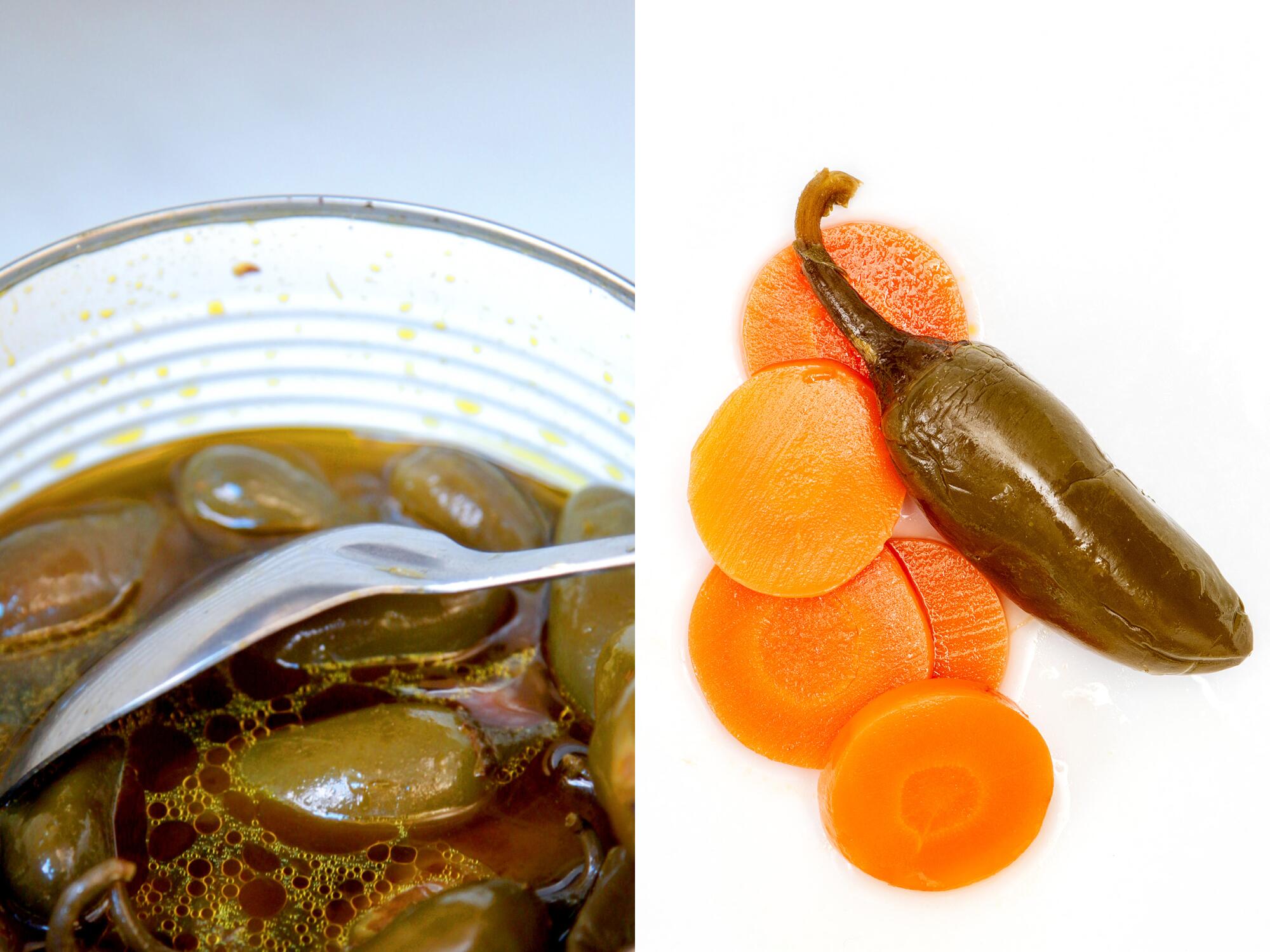
Somewhere, a hardworking cook is serving Mexican food on a street corner. Maybe it’s a plate of tacos de arrachera, a torta de tinga de pollo or a supremely sized burrito de carnitas. Then the essential question is asked — “¿Picante?” — with the offering of a small bag of pickled chiles.
For more than a century jalapeños en escabeche have become standard with Mexican food, reaching far beyond Xalapa. The jalapeño has fed my understanding of the wonders of a uniquely Mexican — and Xalapeño — experience. And for that, I say gracias.
Chazaro is a poet and writer based in the Bay Area and author of “Piñata Theory” and “This Is Not a Frank Ocean Cover Album.”
More to Read
Eat your way across L.A.
Get our weekly Tasting Notes newsletter for reviews, news and more.
You may occasionally receive promotional content from the Los Angeles Times.
